Yang Hansen's G League Data Benchmark: From Passing Grade to Legendary — What Kind of Report Can He Deliver?
On November 2nd Beijing time, the Trail Blazers officially announced that Yang Hansen was assigned to their G League affiliate, the Rip City Remix, for training. Upon this news, public attention quickly shifted to the young center’s future trajectory. Although team insiders said Hansen would be recalled in two days to face the Lakers, it is expected that going back and forth between the NBA and G League will become routine.
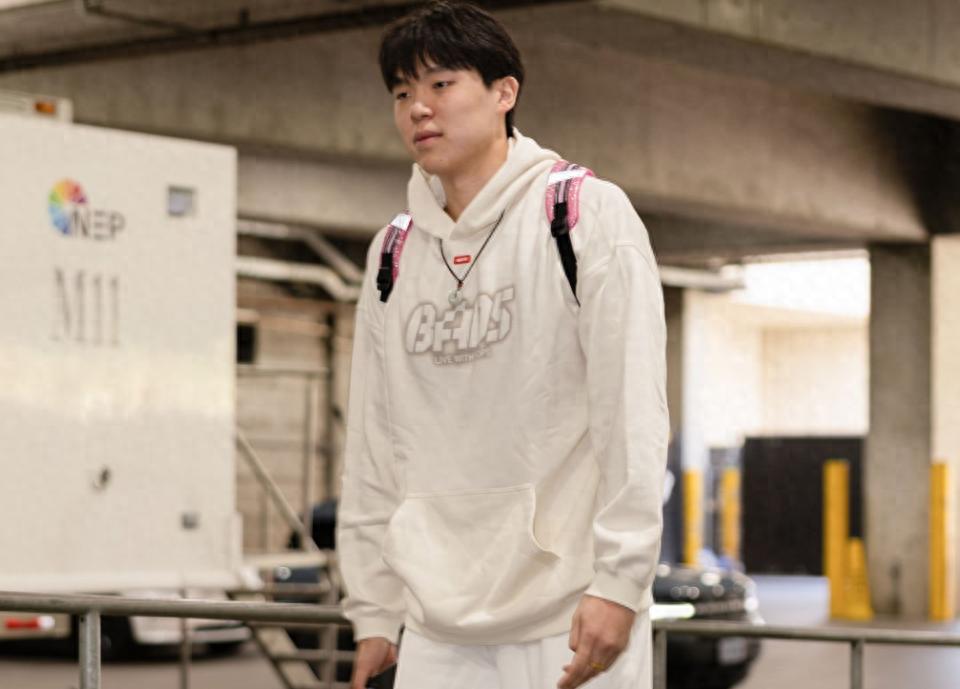

As the NBA’s "developmental reservoir," the G League serves both as a training ground for rookies to refine their skills and a proving ground to test their potential. By referencing historical league data and comparable player performances, we can outline a clear performance framework for Yang Hansen using three quantitative levels: perfect score, 80 points, and 60 points, thus forecasting his development prospects.
1. Data Benchmark: Evaluation Standards for G League Performance
Based on recent player performance trends in the G League, typical stats for high draft picks sent down, and the characteristics of the center position, what kind of performance from Yang Hansen would qualify as passing, excellent, or legendary?
60 Points (Passing Threshold): The Basic Foundation
A score of 60 means Yang Hansen reaches the average level for centers in the G League, proving he has the basic ability to adapt to the professional game pace. This standard refers to typical data from players at the same position in the league, with the core requirement being “no obvious weaknesses, able to complete fundamental tasks.”
Key statistical indicators roughly include —
Playing time: 20-25 minutes (ensuring consistent involvement)
Points: 12-14 (demonstrating basic scoring ability)
Rebounds: 7-9 (fulfilling basic interior rebounding duties)
Blocks: 1.0-1.5 (showing defensive presence inside)
Shooting percentage: Over 50% (maintaining efficient inside finishing)
Turnovers: Controlled under 2.5 (ensuring basic tactical execution)
This level means Yang Hansen can fulfill the coach’s basic assignments during rotation minutes, providing steady contributions on both ends inside and avoiding becoming a tactical liability. After all, the G League is not the NBA, so these stats only qualify as passing.

80 Points (Excellent Level): The Dominance Expected of a High Draft Pick
An 80-point score corresponds to the expected G League performance of a high draft pick, referencing the 2024 third overall pick Shepard’s G League data template. The core requirement is to “show clear advantages and demonstrate NBA-ready potential.” As the 16th pick in the 2025 draft, Yang Hansen must prove his draft value with numbers and show the Trail Blazers his capabilities.
Key statistical indicators:
Playing time: 25-30 minutes (becoming a core part of the rotation)
Points: 18-22 (evolving into a primary scoring option)
Rebounds: 9-11 (establishing dominance on the boards)
Blocks: 1.5-2.0 (becoming a defensive anchor)
Assists: 2.0-3.0 (showing playmaking skills, differentiating from traditional centers)
Shooting percentage: Over 55%, three-point percentage above 30% (balancing inside efficiency with outside threat)
Shepard, as a third overall pick, posted impressive averages of 30.7 points, 4.3 rebounds, and 8.3 assists in just 3 G League games. Although his guard role differs from Yang Hansen’s center position, the key logic of “dominating the secondary league with data” remains the same. For Yang Hansen, an 80-point level means showing “all-around inside skills” — scoring and rebounding using his size advantage while orchestrating offense with his passing vision, replicating his “playmaking center” role from the CBA.
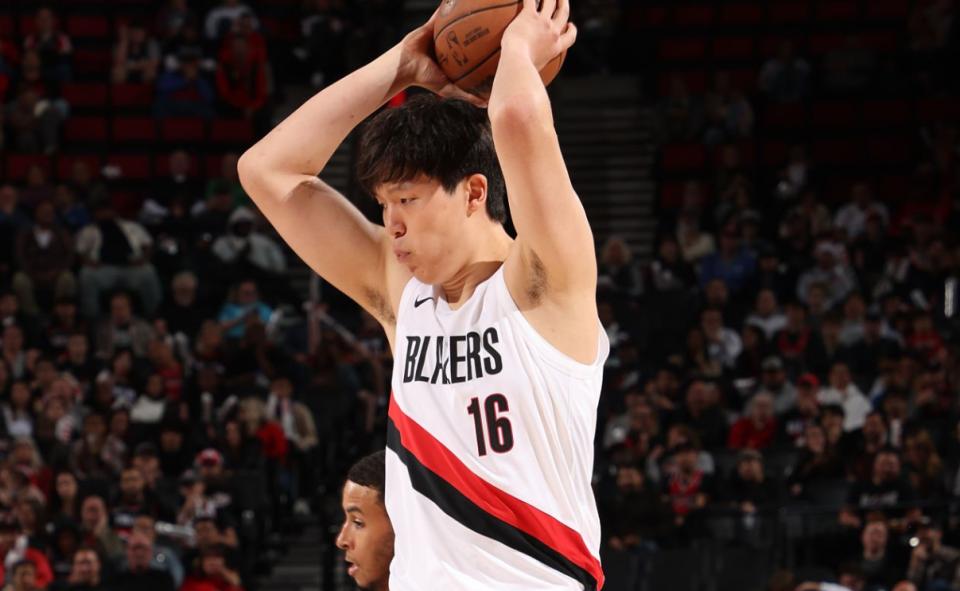
100 Points (Legendary Level): MVP-Caliber Dominance
A perfect 100 points represents the highest G League standard, requiring data close to or matching league MVP levels. The core demand is “dominating the game on both ends and becoming a league benchmark player.” This standard is based on performances by recent phenomenal G League interior players.
Key statistical indicators:
Playing time: Over 30 minutes (absolute team core)
Points: Above 22 (one of the league’s top scorers)
Rebounds: More than 11 (challenging for league rebounding leader)
Blocks: Over 2 (ranking among top defenders)
Assists: More than 3 (becoming the tactical focal point)
Shooting percentage: Over 58%, three-point percentage above 35% (high efficiency with spacing ability)
In G League history, only one center has ever won MVP: Shemms in the 2008-09 season. That year, Shemms averaged 22.8 points, 11 rebounds, 1.5 assists, 0.6 steals, 2.0 blocks, with a shooting percentage of 60.5%.
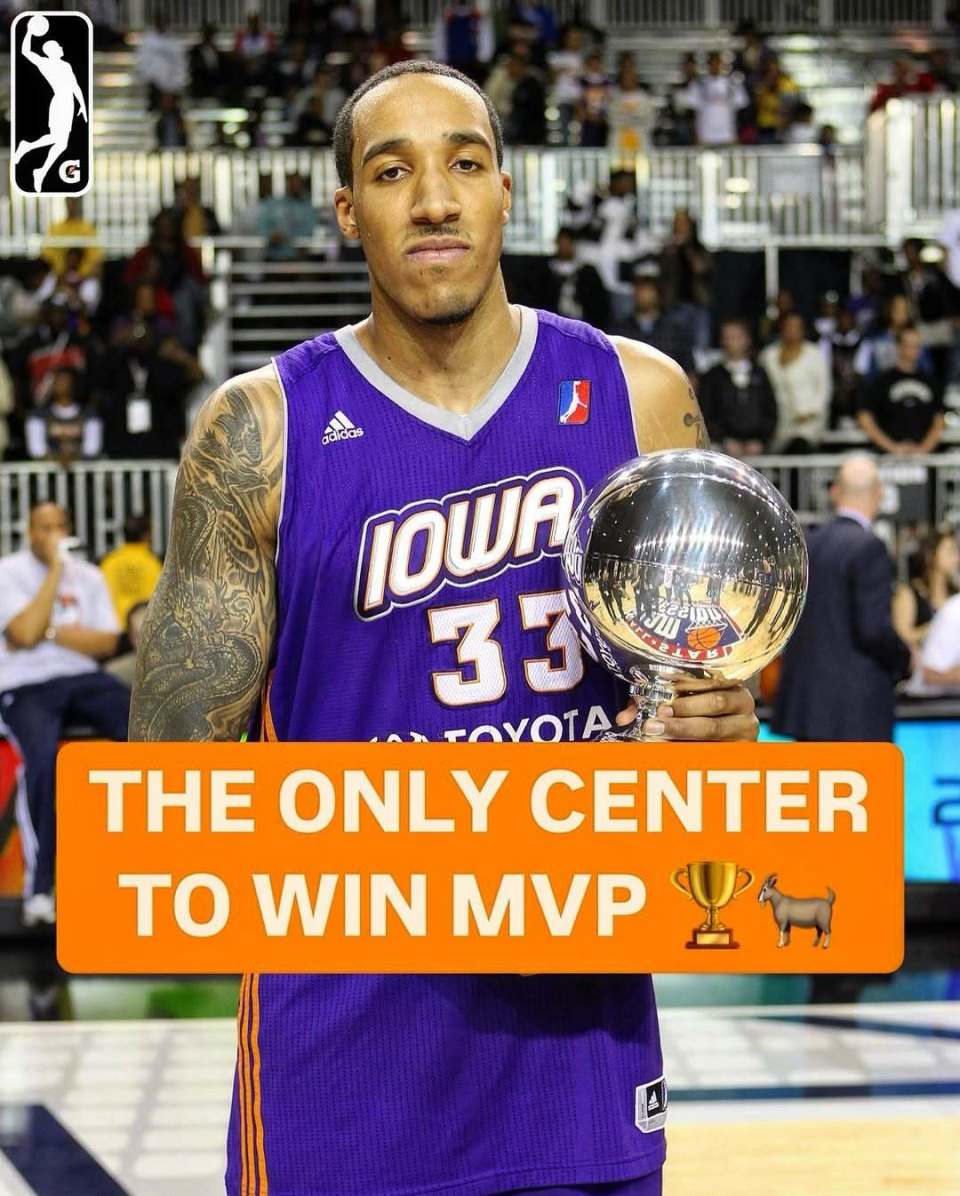
This kind of inside dominance is the benchmark for the “legendary level.” For Yang Hansen, reaching this means not only maintaining his inside advantages but also developing a more reliable mid-to-long range shot on offense and becoming a “mobile wall” covering the entire paint on defense.
2. Yang Hansen’s Weaknesses and Challenges
To progress from “passing” to “legendary,” Yang Hansen must overcome two main weaknesses.
First, defensive mobility and physicality. Although G League players generally lack the overall talent of the NBA, their physicality surpasses the CBA, and the pace is faster. This raises higher demands on Yang Hansen’s lateral quickness and stamina — failure to effectively handle perimeter players’ drives could turn him into a defensive liability.
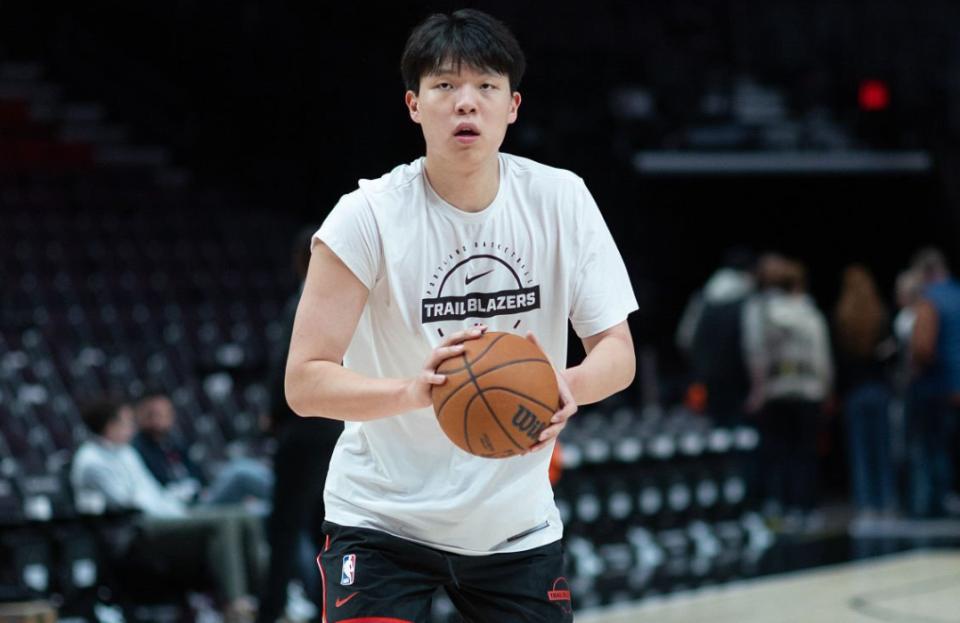
Second, offensive efficiency and consistency. The G League’s defensive pressure is relatively lighter, so he must seize the chance to polish his mid-range and three-point shooting consistency, turning “occasional flashes” into a “regular weapon.” Otherwise, even if he scores high in the secondary league, it will be hard to convince the Trail Blazers to grant him NBA rotation minutes.
3. Reasonable Expectation: Aim for at Least 80 Points
Overall, a realistic goal for Yang Hansen in the G League should be to “strive for at least an 80-point level.” Given his talent, reaching the 60-point passing line in the G League should not be difficult; the key is how quickly he adapts to the intensity and fulfills his potential. If he can consistently post “20 points + 11 rebounds + 2.5 assists + 2 blocks” over 15-20 games, he stands a good chance to earn more rotation time with the Trail Blazers. After all, the regular season is long, and injuries inevitably occur, which is a chance Hansen should seize.
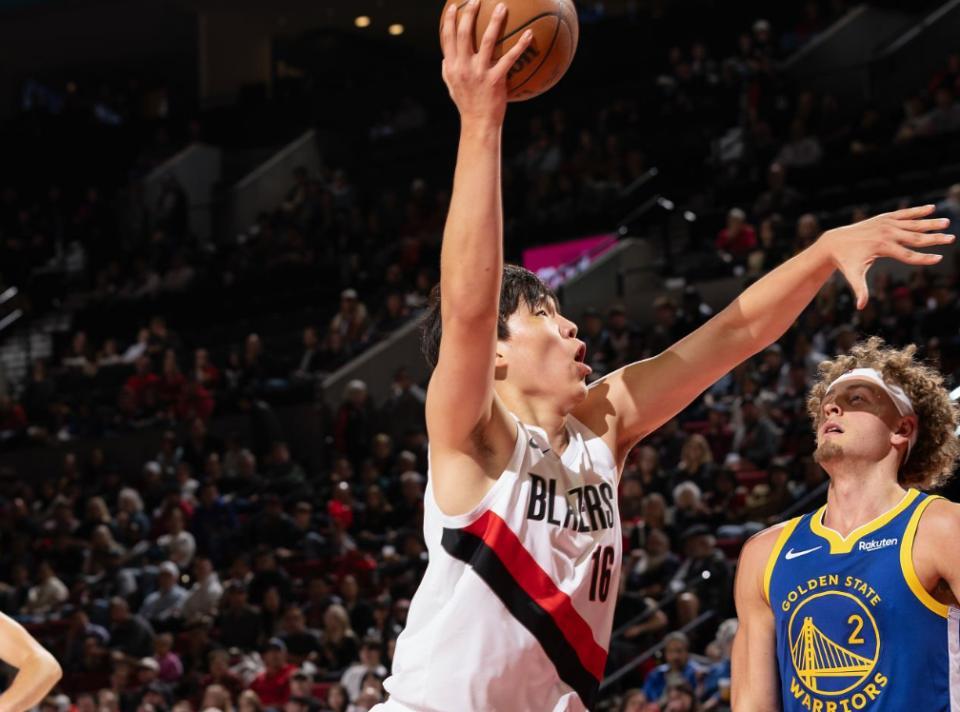
From a longer-term perspective, the G League experience is crucial for Yang Hansen’s NBA career. It is never an endpoint but a stepping stone to the NBA. For Hansen, stats are only a growth footnote; more important is truly upgrading his skills, physicality, and basketball IQ behind those expected numbers. So far, this “assignment journey” will be a key trial for his future NBA foothold.
The last Chinese player to compete in the G League was Cui Yongxi, who had a standout game before injury: 14 points, 4 rebounds, 2 assists, 3 steals, and 2 blocks, filling the stat sheet. With high hopes placed on Hansen, how will he perform in the G League? Let’s wait and see.


Wonderfulshortvideo
What a FANTASTIC FINISH for the @Sacramento Kings 🤩


When Steph came up CLUTCH during last year’s


What a wild sequence in Sacramento 🫨


Russell Westbrook buries the clutch corner three to send the game to OT 😤


Incredible finish for @Victor Wembanyama 🤯


For the first time in his career, Dennis Schröder hits the game-winning corner three with 2.2 seconds left in overtime 🤩


Jalen Brunson records his








 Links
Links
 Contact
Contact
 App
App


